| Plant Habit: | Tree |
| Life cycle: | Perennial |
| Sun Requirements: | Full Sun Full Sun to Partial Shade |
| Water Preferences: | Mesic Dry Mesic Dry |
| Soil pH Preferences: | Strongly acid (5.1 – 5.5) Moderately acid (5.6 – 6.0) Slightly acid (6.1 – 6.5) Neutral (6.6 – 7.3) |
| Minimum cold hardiness: | Zone 6b -20.6 °C (-5 °F) to -17.8 °C (0 °F) |
| Maximum recommended zone: | Zone 9b |
| Plant Height: | 50 - 100 feet |
| Plant Spread: | 30 - 60 feet |
| Leaves: | Good fall color Unusual foliage color Deciduous |
| Fruit: | Other: small acorns |
| Fruiting Time: | Late summer or early fall Fall |
| Flowers: | Inconspicuous |
| Bloom Size: | Under 1" |
| Flower Time: | Late winter or early spring Other: flowers appear before leaf buds |
| Underground structures: | Taproot |
| Suitable Locations: | Street Tree |
| Uses: | Shade Tree |
| Edible Parts: | Fruit |
| Dynamic Accumulator: | K (Potassium) |
| Resistances: | Deer Resistant Rabbit Resistant Humidity tolerant Drought tolerant |
| Propagation: Seeds: | Stratify seeds: 60 to 140 days of cold, moist stratification |
| Pollinators: | Wind |
| Containers: | Not suitable for containers |
| Miscellaneous: | Monoecious |
| Conservation status: | Least Concern (LC) |
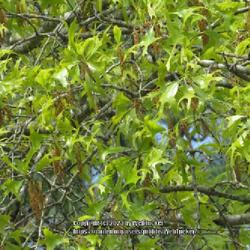

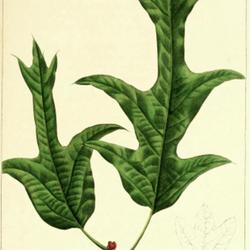
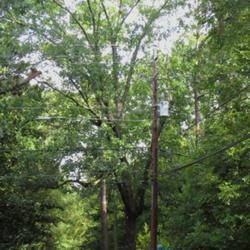

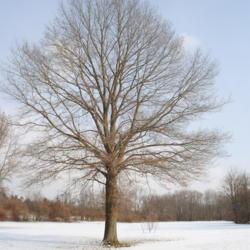
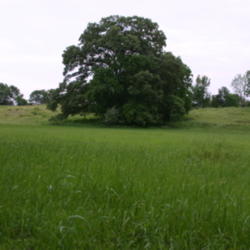
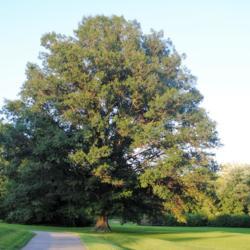
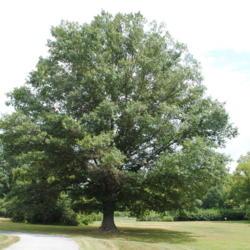
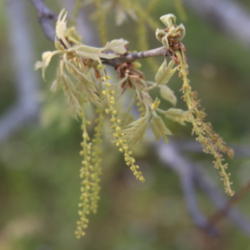


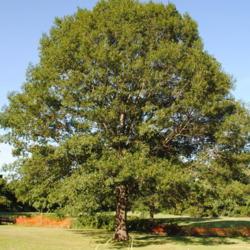
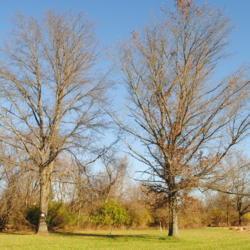

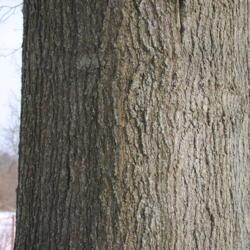

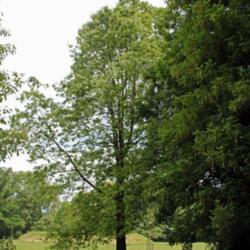


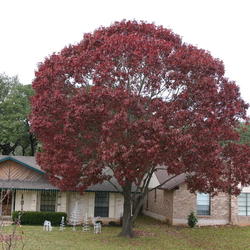
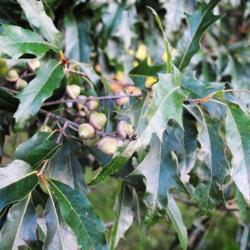
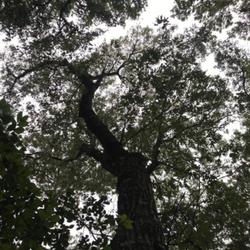
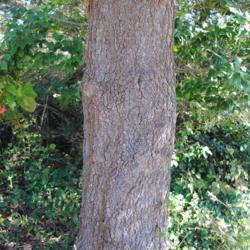
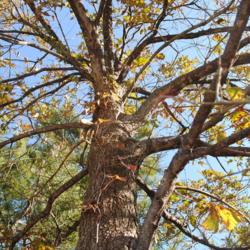
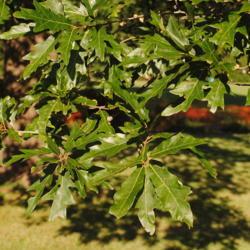

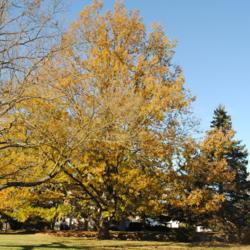
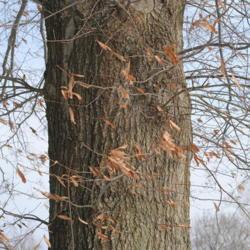


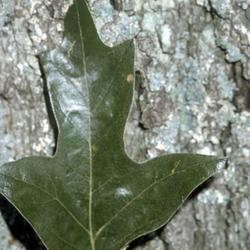
| WebTucker | On August 7, 2022 | Obtained plant |
| Thread Title | Last Reply | Replies |
|---|---|---|
| Wow! by Aguane | Sep 22, 2011 2:43 PM | 1 |